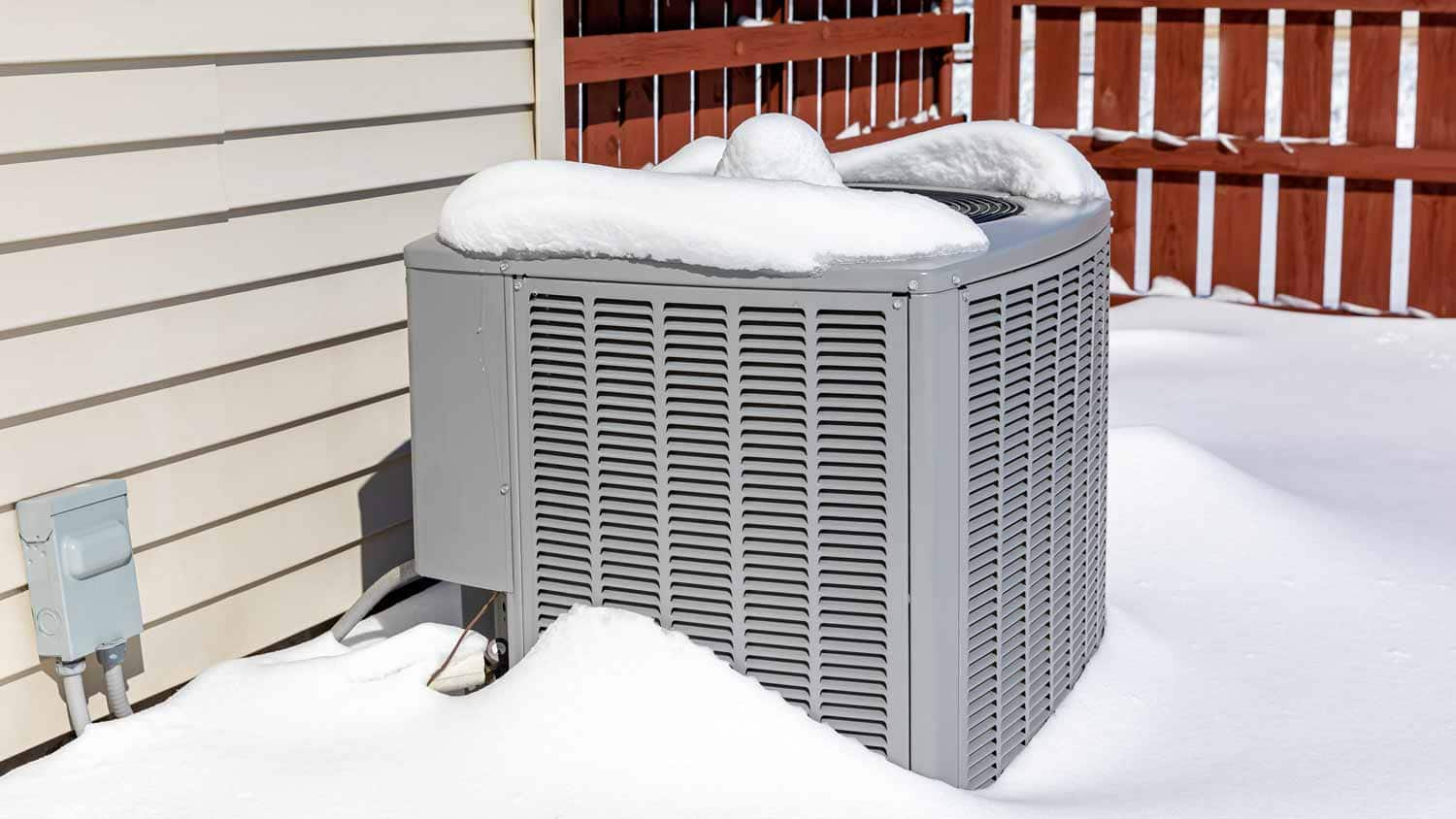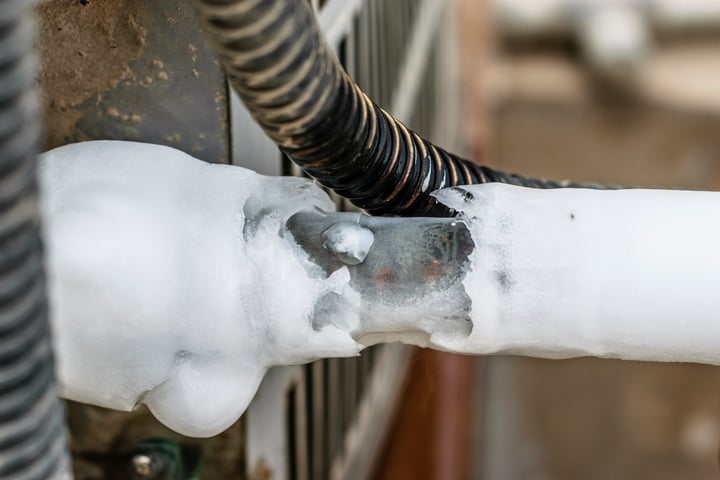The content in the next paragraphs about Have a Frozen AC Line? Here’s How to Fix It is highly captivating. You should take a peek.

Introduction
Uncovering that your a/c pipe is iced up can be concerning, especially throughout hot summertime when you depend on your ac unit the most. Recognizing what to do in such a circumstance is critical to avoid more damage to your cooling system and guarantee your comfort inside your home.
Recognizing the Causes
Several aspects can add to the freezing of an air conditioning pipeline. Recognizing these causes can assist you resolve the concern efficiently.
Lack of Airflow
One typical root cause of an icy air conditioner pipeline is inadequate air movement. When the air movement over the evaporator coil is limited, it can create the coil to go down below freezing temperature level, bring about ice development on the pipeline.
Low Refrigerant Levels
Not enough cooling agent levels in your air conditioning system can also lead to an icy pipeline. Low refrigerant levels can cause the stress in the system to go down, leading to the freezing of moisture on the evaporator coil.
Cold Weather Conditions
In cooler climates, freezing temperature levels outside can add to the cold of AC pipes. If your a/c system is not effectively insulated or if there are leakages in the ductwork, chilly air can penetrate the system, triggering the pipe to freeze.
Dirty Air Filters
Filthy or blocked air filters can restrict air movement in your air conditioner system, bring about numerous problems, consisting of a frozen pipe. It's essential to replace or clean your air filters consistently to ensure proper air movement and avoid ice buildup.
Indications of a Frozen A/c Pipe
Acknowledging the signs of an icy a/c pipe is essential for punctual activity.
Minimized Airflow
If you see a substantial decline in air movement from your vents, it might indicate a frozen pipeline.
Ice Buildup on the Pipe
Visible ice build-up on the cooling agent line or the evaporator coil is a clear sign of a frozen air conditioning pipe.
Strange Sounds from the Unit
Unusual noises, such as hissing or gurgling, coming from your air conditioner device can signal that there's ice present on the pipe.
Immediate Actions to Take
When faced with an icy a/c pipeline, it's essential to act swiftly to prevent more damage to your air conditioning system.
Turning off the a/c
The first step is to shut off your air conditioning system to prevent the system from running and exacerbating the problem.
Checking for Blockages
Evaluate the area around the interior device for any kind of blockages that may be blocking air flow, such as furniture or drapes.
Defrosting the Pipe
You can use gentle techniques like placing towels soaked in warm water around the frozen pipeline to help thaw it slowly.
Preventive Measures
Taking preventive measures can help prevent future occurrences of an icy air conditioner pipeline.
Routine Maintenance Checks
Schedule regular upkeep get in touch with a specialist HVAC service technician to guarantee that your AC system is running effectively.
Transforming Air Filters
Consistently change or cleanse your air filters to avoid air flow restrictions and keep optimum efficiency.
Protecting Exposed Pipes
If your air conditioning pipes are subjected to cold temperature levels, think about insulating them to prevent freezing throughout winter season.
Looking For Professional Help
If DIY techniques stop working to deal with the concern or if you're uncertain regarding just how to continue, it's ideal to seek aid from a qualified HVAC professional.
When DIY Methods Fail
If your efforts to thaw the pipe or address other problems are not successful, it's time to hire an expert.
Value of Hiring a Professional HVAC Technician
A qualified HVAC professional has the proficiency and tools necessary to diagnose and repair issues with your AC system securely and properly.
Final thought
Taking care of a frozen air conditioner pipeline can be a discouraging experience, however knowing just how to respond can assist lessen damages and restore convenience to your home. By understanding the causes, acknowledging the indicators, and taking prompt action, you can efficiently attend to the issue and prevent future occurrences.
What to Do If Your AC Line Is Frozen
Make Sure All Supply and Return Air Vents Are Open
If you notice problems with airflow, the first thing you should do is check your supply and return vents. Supply vents distribute clean, conditioned air throughout your home. As this air becomes stale, it’s pulled into the return vent, where it’s reconditioned before being sent back out through the supply vent.
When these vents are closed, air won’t flow in the home. Before examining your AC, check the vents in every room and ensure they’re all open.
Check for a Dirty Air Filter
Another possible cause of limited airflow is a dirty air filter. Your air conditioner’s filters catch elements you don’t want to breathe in, such as dirt and dust. Over time, filters can become clogged, ultimately blocking air from flowing in and out. The lack of airflow can then cause the entire coil to freeze and will completely restrict any air from moving through it. The AC may need to be powered off for one to two days to allow the coil to thaw after replacing the filter to allow proper functioning of the unit. This debris can also accumulate on your AC’s evaporator coil, requiring a more serious repair. In general, air filters should be cleaned regularly (about every two weeks).
Assess Your Outdoor Unit
In addition to checking your AC, assessing the outdoor unit is a good idea. Also known as the condensing unit, it works with your interior unit to release heat outside. An issue with the outdoor unit can result in rising internal temperatures.
Overgrown Shrubs or Clogged Leaves
From leaves and twigs to shrubs and debris, there’s no shortage of outdoor elements that can accumulate around your condensing unit. When these elements get lodged inside the unit, they can block airflow. Fortunately, removing the blockage can solve the problem.
Sounds of a Broken Fan
Shrubs and leaves aren’t the only things that can impede your outdoor unit’s airflow. If the fan is broken, the unit won’t be able to properly get rid of heat — which means the internal temperature won’t go down. First, make sure the fan is spinning. If it is, check for the following sounds of a broken fan:
- Buzzing
- Rattling
- Screeching
- Hissing
- Clicking
Preventative Measures
Nobody wants to deal with a frozen AC line. In addition to causing problems with your air conditioner, they require professional repairs. On the bright side, there are preventative measures you can take to help ensure this issue doesn’t arise in the first place.
https://www.coopergreenteam.com/blog/what-to-do-if-ac-line-frozen

We had been made aware of that report about What Do I Do If My AC Pipe Is Frozen from an associate on a different domain. Those who enjoyed reading our blog posting if you please make sure you remember to share it. We enjoy reading our article about What Do I Do If My AC Pipe Is Frozen.
View Website
Comments on “Frozen AC Pipe - Causes and How to Resolve the Problem”